The Wellington Region is home to 110 lakes that are greater than one hectare in size, 14 of which are greater than 10 hectares. Many of these lakes are significant for their water supply, wide ranging biodiversity, aesthetic appeal, and high recreational and food gathering values.
Lake Wairarapa is the largest and most well-known lake in the region, and historically has been the only lake where Greater Wellington Regional Council (GWRC) has routinely monitored water quality. However, since 2009, assessments of lake condition have also been conducted in Lake Waitawa on the Kāpiti Coast, the Parangarahu Lakes (Lakes Kohangapiripiri and Kohangatera) on Wellington’s south coast, and Lakes Pounui and Onoke in south Wairarapa.
Greater Wellington Regional Council (GWRC) carries out monthly water quality monitoring on these lakes as well as periodic assessments of aquatic plant communities using the LakeSPI (Submerged Plant Index).
The two largest lakes in the Greater Wellington Region are Lake Wairarapa (7,850 hectares) and Lake Onoke (622 hectares). Several other lakes are closely associated with these, including Lake Pounui (46 hectares), Pounui Lagoon (42 hectares) and the numerous wetland and lagoon systems situated around the eastern and northern ends of Lake Wairarapa, such as Boggy Pond (58 hectares), Matthew’s Lagoon (37 hectares) and Barton’s Lagoon (11 hectares).
Other significant lakes in the Wellington Region include the Parangarahu Lakes; Kohangapiripiri (11 hectares) and Kohangatera (21 hectares) at Pencarrow Head as well as Lakes Waitawa (16 hectares) and Waiorongomai (6 hectares) which form part of a cluster of small dune lake/wetland systems located just north of Otaki on the border between the Wellington and Manawatu-Wanganui regions.
Most of the region’s main lakes, such as Wairarapa, Onoke, Pounui, Kohangapiripiri, Kohangatera and Waitawa, can be classified as shallow coastal lakes (less than 10 metres deep and located within 25 kilometres of the coast). This type of lake is considered naturally quite different from the larger, deeper lakes located at higher elevations. Shallow coastal lakes tend to be warmer, more productive and can have photic zones (the layer of water that receives sunlight) that extend right to the bottom of the lake.
Man-made lakes, reservoirs and ponds are also a significant feature of the landscape. Approximately 30 percent of the lakes over one hectare are considered man-made; these include several well-known water bodies such as Henley Lake (12 hectares) and Kourarau Dam (7 hectares) in the Masterton District, the Karori Reservoirs in Wellington (2-3 hectares) and the Whitby Lakes in Porirua (2 hectares).
GWRC routinely undertakes monthly water quality monitoring in two lakes in the Wellington Region, Lake Wairarapa and Lake Onoke. Monitoring in Lake Wairarapa commenced in 1994 and monitoring in Lake Onoke commenced in 2009.
In 2011 assessments of ecological condition using the LakeSPI method were introduced for Lakes Kohangapiripiri, Kohangatera and Pounui. The LakeSPI method takes into account the diversity and quality of indigenous species as well as the degree of impact by invasive weeds. Lake Kohangatera was assessed again in 2013 and all three lakes are scheduled to be reassessed in early 2016.














